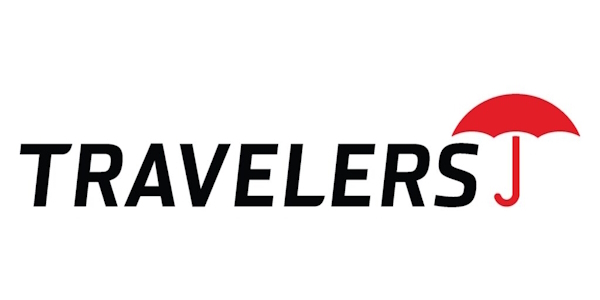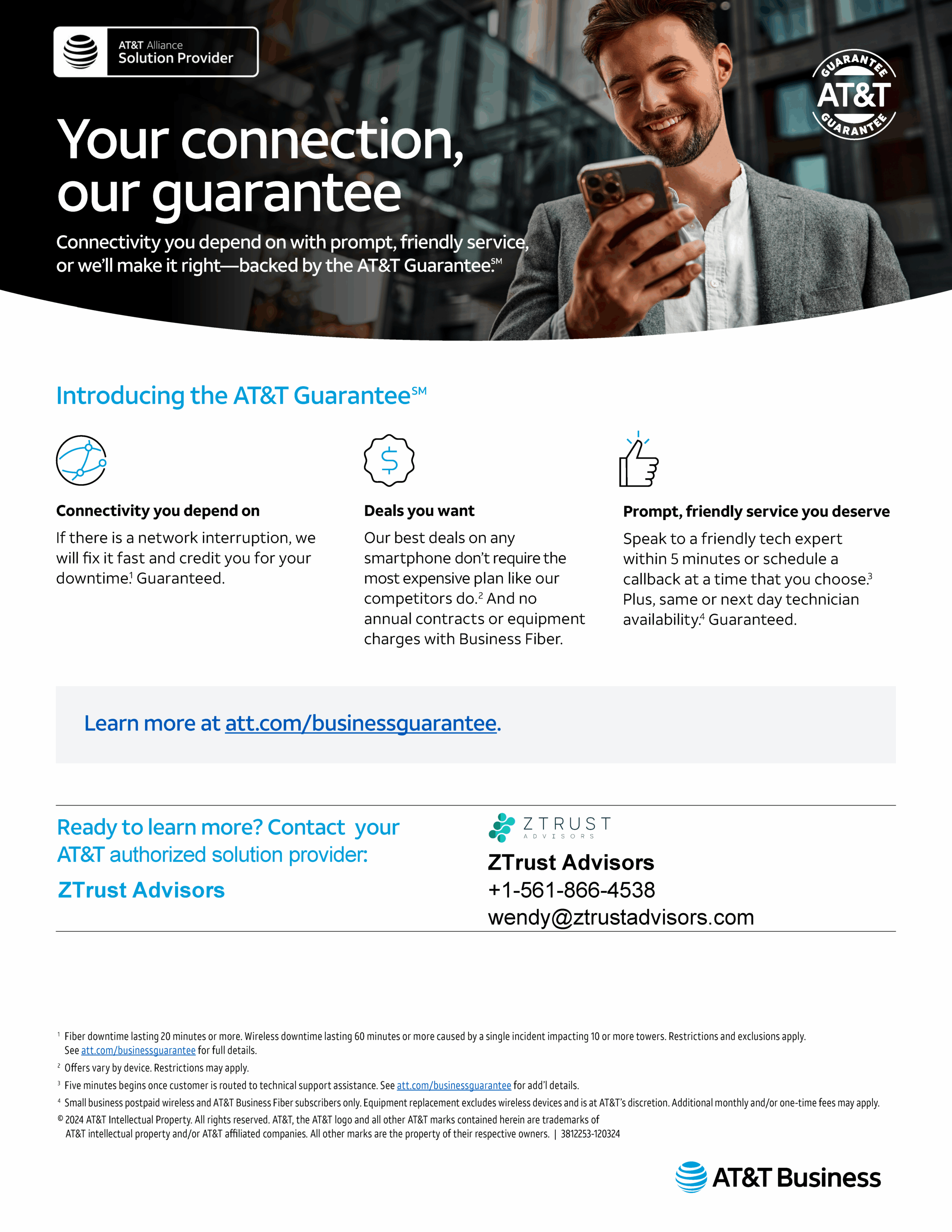Ransomware
Analysis of an Evolving Cyber Threat
Ransomware has emerged as a critical cybersecurity challenge, affecting organizations across all sectors globally. This white paper provides an in-depth examination of the ransomware landscape, its impact on businesses, and strategies for prevention and mitigation.
Introduction
Ransomware is a sophisticated form of malicious software designed to encrypt files or systems, rendering them inaccessible until a ransom is paid to the attacker. This cyber threat has evolved into a multi-billion-dollar criminal enterprise, leveraging advanced techniques such as ransomware-as-a-service (RaaS) and double extortion.
The Growing Threat Landscape
Scale and Sophistication
The increasing reliance on digital systems has expanded the attack surface for ransomware operators. Modern campaigns often target critical infrastructure and organizations that cannot afford downtime, forcing them to consider substantial ransom payments.
Financial Impact
According to recent data, the average cost of a ransomware attack has reached $1.85 million, highlighting the significant financial risk to affected organizations.
Notable Ransomware Incidents
Several high-profile ransomware attacks have underscored the severity of this threat:
- Colonial Pipeline Attack (2021): Disrupted fuel supplies across the U.S. East Coast, resulting in a $4.4 million ransom payment.
- JBS Foods (2021): Forced the temporary shutdown of operations in multiple countries, with the company paying an $11 million ransom.
- Baltimore City Government (2019): Paralyzed city operations for weeks, causing over $18 million in damages.
Impact on Businesses
Ransomware attacks can have far-reaching consequences for organizations:
- Operational Disruption: Critical operations may be halted, affecting services across various sectors.
- Financial Losses: Costs extend beyond ransom payments to include incident response, data recovery, and business interruptions.
- Reputational Damage: Attacks can erode trust among stakeholders, leading to long-term brand damage.
- Regulatory Consequences: Organizations may face penalties for failing to protect sensitive data under various regulations.
Prevention and Mitigation Strategies
To combat the ransomware threat, organizations should implement a multi-layered security approach:
1. Data Protection
- Maintain encrypted, offline backups of critical systems and data
- Implement robust Endpoint Detection and Response (EDR) solutions
2. Network Security
- Employ network segmentation to limit the spread of ransomware
- Adopt a Zero Trust security model to ensure minimum privilege access
3. Human Factors
- Conduct regular employee training on identifying phishing and other attack vectors
- Enforce Multi-Factor Authentication (MFA) for access to critical systems
4. Incident Preparedness
- Develop comprehensive incident response plans
- Engage in regular penetration testing to identify vulnerabilities
- Consider cyber insurance to offset potential financial impacts
Conclusion
Ransomware remains one of the most significant cyber threats facing organizations today. By adopting a proactive, multi-faceted approach to security, including robust backup strategies, advanced endpoint protection, and employee awareness training, organizations can significantly reduce their risk exposure and enhance their resilience against ransomware attacks.
Connected. Protected. Empowered.
We help businesses thrive in a digital world by delivering reliable AT&T connectivity solutions, advanced cybersecurity, and cutting-edge IT services. From high-speed internet to threat protection, we’re your one trusted partner for smarter, safer operations.
Request a Custom Quote
Tell us what you need, and we’ll build a solution around your goals and budget.
No Spam. Promise!














